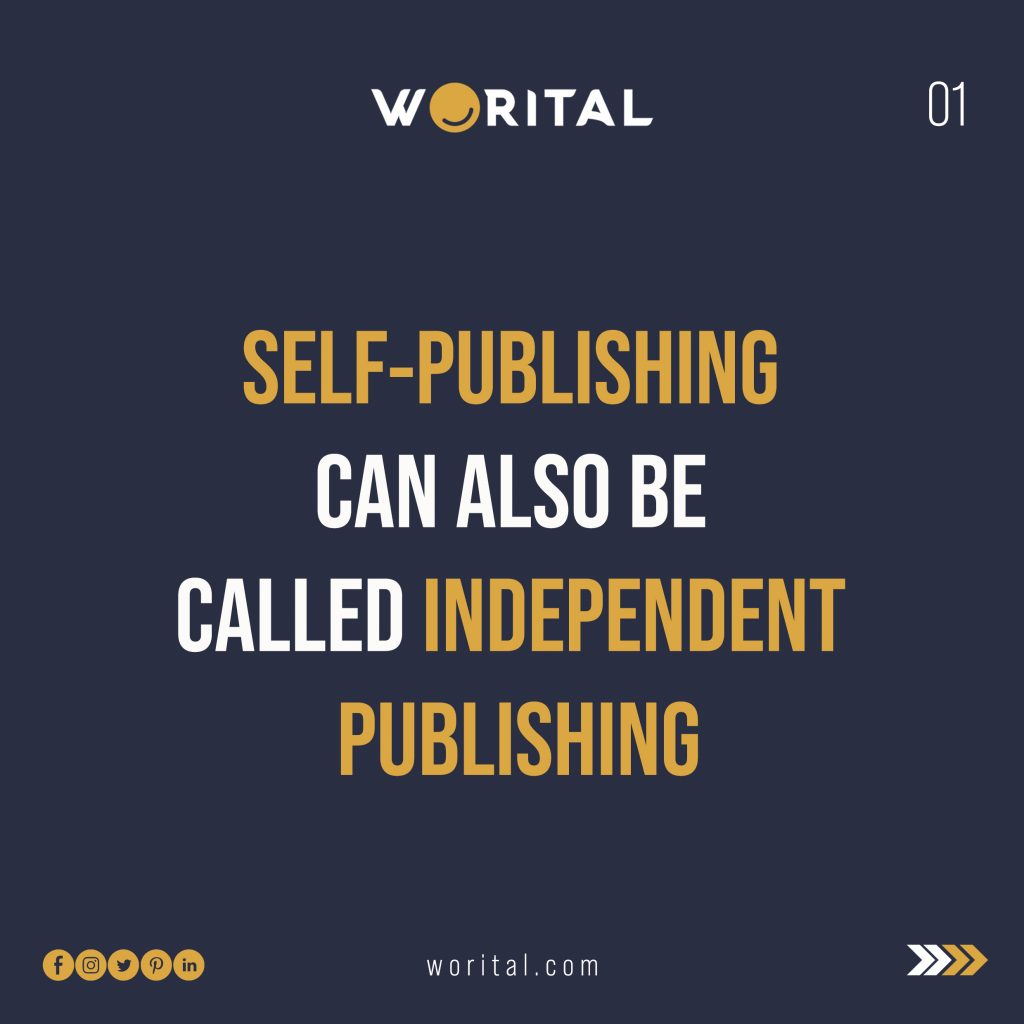Self-publishing can also be called independent publishing.
The author bears the whole cost and work involved in publishing their book or contracts a group of professionals (independent publishers) to help with the book publishing process while being in control of the whole process and the book itself.
A self-published author can also decide not to have their book in circulation again, and there will be no hassle on that because total control lies with them.
The quality of self-published works isn’t constant as there are no regulatory barriers to publication and quality control. Self-publishing can be summed up as the freelance market of the publishing industry.
History of Self Publishing
This category like the others isn’t a new age phenomenon.
Self-publishing started to gain ground through novelists such as Lawrence Sterne (1759) and Ezra Pound (1908), who published their books independently.
Initially, Authors that went this route were spited for their perceived pride and stubbornness based on the assumption that their work wasn’t good enough to be selected by traditional publishers. They were also berated for a lack of quality and experience on the part of the author.
Books that have switched this narrative are Fifty shades of Grey and The Martian. With the advent of technology too, things haven’t remained negative.
Many authors now embrace Amazon kdp. (Kindle Direct Publishing) as their go-to platform to aid the publishing of their books over the internet.
Also it allows authors to sell their books directly to the end consumer and not having to go through established means.
Through the positive application of the internet in this category, costs incurred for printing and distribution of books have crashed, making it available within reach for the regular auto. There is also a large distribution channel which is facilitated by the leverage of the internet.
Here are some technical terms in the publishing industry that you should get familiar with.
Ebook: “Electronic Book” that’s only accessible through digital means like tablets, smartphones and dedicated e-readers
Galley: a sample copy of a book after it has gone through the layout and design stages
Jpeg: a common format for compressing digital photos
Print on Demand: an economical alternative to traditional publishing
Publisher: they handle every aspect of your book production
Printer: they print your book
Self Publishing (Pros)
1. Full creative control
2. Swift publishing timeframe
3. High royalty rates
(Cons)
1. Reduced visibility
2. Higher cost
3. Limited distribution network
